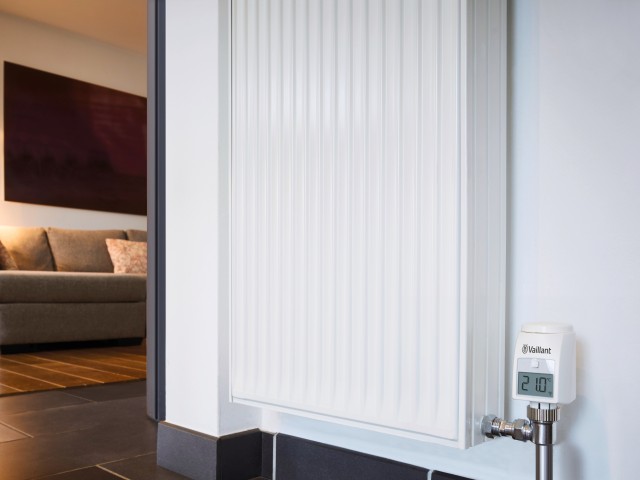Why do I need to balance my radiators?
Radiators that are heating unevenly across your house may be in need of balancing. This uneven performance can be identified by a number of identifiers such as; cold radiators or uneven temperature across an individual radiator, different temperatures of radiators throughout your home, or excessively long times to reach a desired temperature. If you experience any of these issues, it’s very likely that your central heating needs to be balanced.
We generally recommend any home central heating system to be properly balanced at least upon installation or after any maintenance work, though there are often situations where you may need to balance your radiators again. This might seem daunting, but it’s a relatively simple process and can work wonders for ensuring your central heating system is operating efficiently and your home is kept nice and warm.



